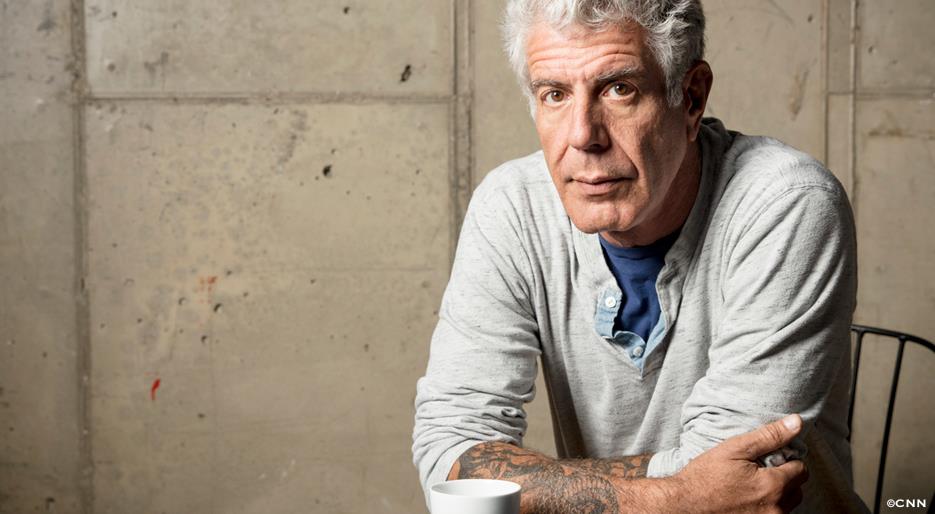
A new study published by the U.S. Centers for Disease Control and Prevention found that suicide rates are climbing, having increased by more than 25 percent since 1999. What’s particularly alarming is that 54 percent of people who died by suicide in 2015 had no known mental health condition, meaning that they were likely going untreated or dealing with acute issues like relationship problems, money troubles or other personal crises.
All of this means there needs to be a better dialogue surrounding mental health, and not just one that only occurs after public tragedies when it’s already too late. Chances are when you’re at brunch with friends or at dinner with family, you’re not discussing fatal self-harm freely over your meal. Suicide can be an ugly and uncomfortable topic to bring up. But it’s a conversation that needs to happen regularly.
Below experts break down how to actually have a productive talk about suicide with your loved ones and why it’s important to not avoid it, whether they’re in crisis or not. One chat could just save a life.
Realize that self-harm can happen to someone you know.

Talking about suicide only helps the problem. It doesn’t exacerbate it.
“The most important advice is to have a caring conversation. The evidence has clearly demonstrated that talking about suicide does not cause suicide,” said Colleen Carr, the deputy director of the National Action Alliance for Suicide Prevention. “Instead, talking openly about suicidal thoughts and feelings can increase hope and help someone on their journey to recovery.”
Talk about the topic of suicide like you would any other health condition.
Discussing any other health problem isn’t shameful. Suicide should be treated with the same consideration.
“Whether someone struggles with a mental illness or engages in self-harm, or even for the person who does not, we need to be able to talk about the topic of suicide no different than talking about diabetes even when the person you are talking to does not have it,” Reidenberg said. “Think of the breast cancer or diabetes 5k races ― hundreds of thousands across the country attend them whether they know someone with one of those disease or not.”
Open up about any difficult experiences you might be going through.
Talking about your difficulties may encourage others to do the same. And if you know someone is going through a difficult time, let them know you’re aware and you care. Conversation starters or topics like, “What are you doing to get through this crisis?” or “You don’t seem like yourself lately, what’s going on?” can help, Reidenberg said.
“Suicide is a complex issue and not caused by one factor [like mental illness] but rather a range of factors such as relationship, substance use, physical health, job, financial and legal problems,” Carr added. “We can reach out to support friends, loved ones and others who are going through a tough life event or struggling with mental illness, just as we do our friends and family who are struggling with a physical illness.”

Really listen when someone is talking during the discussion.
It’s not only vital to ask people to open up, it’s crucial to actively listen to what they’re saying and reflect that in your response.
“It is also really important to convey your care and concern for them, with the key to it by being genuine,” Reidenberg said. “If you really care, make sure they know that and don’t think that you are just asking without any real intent to listen and be helpful.”
Ask direct, pointed questions.
It’s important to be straightforward with your friends or loved ones if it sounds like they’re at risk, according to Victor Schwartz, chief medical officer at the mental health organization The Jed Foundation.
“If someone does seem to be struggling, it is OK to ask them if they are having thoughts about self-harm,” Schwartz said. “If they are, it is useful to ask whether there is a specific plan and are they feeling like they might act on it. It is also useful to ask about what things might be making the person feel hopeful about the future.”
Check any bias at the door.
Debates about the validity of mental illnesses and their subsequent consequences aren’t productive, according to Reidenberg. (Nor do they have any real merit.) Regardless, all of those biases should be left behind when discussing a life-or-death topic.
“When talking about suicide to someone who might be suicidal, leave your biases and moral beliefs about it elsewhere,” he said. “This is not the time to preach to someone who is struggling with a disease that feels their life is in crisis.”
Accept that you will feel uncomfortable — and that’s OK.
A little discomfort is better than the alternative of leaving an important conversation left unsaid, Schwartz said.
“Being open to hearing about someone’s pain and struggles and helping them find help can save lives,” Schwartz said. “This conversation will never not be difficult. It is frightening to sit with someone who is in serious distress. It is not possible to normalize this conversation ― but we can accept the discomfort and understand that it is still the right thing to do.”
Don’t downplay the issue.
Suicide is serious. Period.
“When talking about it, make sure it is done just as seriously as any other conversation about an illness,” Reidenberg said. “Don’t minimize or deny that mental illnesses are real, that they hurt, and don’t be judgmental about them … You wouldn’t tell someone with cancer to ‘just get over it.’”
Speak up over staying silent.
If you’re ever debating whether or not you should bring up suicide, always err on the side of saying something, Reidenberg stressed.
“If everyone is willing to start the conversation about suicide, we can begin to create a comprehensive system to saving more lives,” Reidenberg said. “Asking about suicide is not going to put a thought into someone’s head or lead them toward it. In reality, it can help reduce their anxiety, distress and potentially save their life.”

